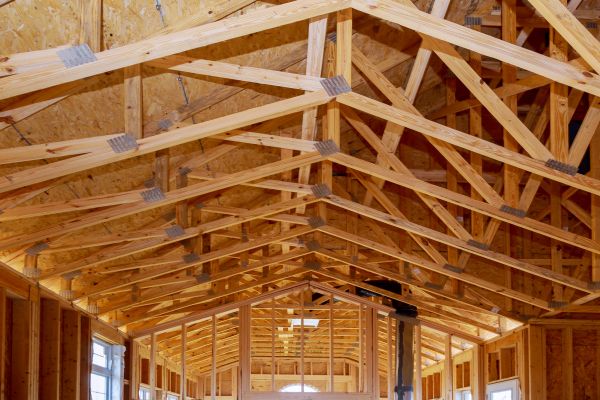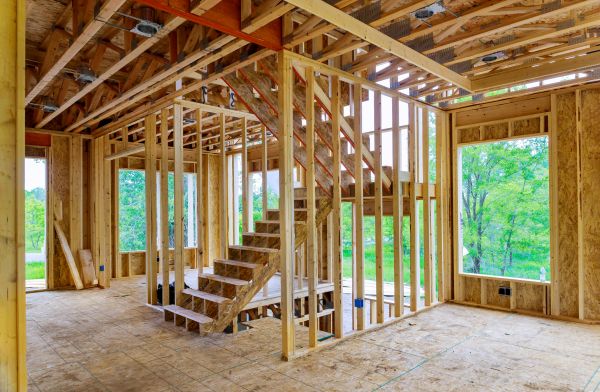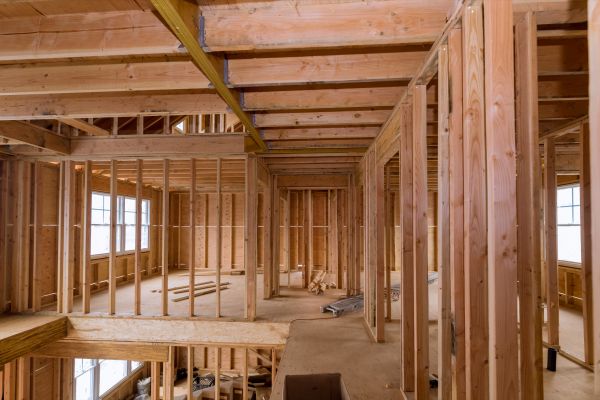Interior Framing Service
Affordable Interior Framing
Interior framing is a crucial component of any building project, serving as the skeletal structure that defines the layout and supports the weight of the interior elements. It involves constructing the framework for walls, ceilings, and floors, using materials such as wood or metal studs. This process not only shapes the design and flow of a space but also ensures structural integrity and safety. Properly executed interior framing is vital for creating a durable and functional environment, as it provides the foundation for all subsequent construction phases, including insulation, drywall installation, and finishing touches.
Benefits of Interior Framing
-
Structural Integrity
Interior framing provides the essential support needed to maintain the stability of a building. By creating a strong framework, it helps distribute weight evenly across the structure, preventing sagging or collapse and ensuring the longevity of the building. -
Design Flexibility
With interior framing, architects and builders have the freedom to design spaces that suit specific needs and preferences. It allows for the creation of custom layouts, enabling the incorporation of unique architectural features and maximizing the use of available space. -
Efficient Installation
Modern framing techniques and materials facilitate quick and precise construction. This efficiency reduces labor time and accelerates the overall building process, helping projects stay on schedule and within budget. -
Enhanced Insulation and Soundproofing
Properly framed interiors create cavities that can be filled with insulation materials, improving thermal efficiency and reducing energy costs. Additionally, interior framing can contribute to soundproofing, creating quieter and more comfortable living or working environments.
FAQs About Interior Framing
What materials are commonly used for interior framing?
Wood and metal are the most common materials used for interior framing. Wood is traditional and versatile, while metal offers durability and resistance to pests and fire.
How long does the interior framing process typically take?
The duration can vary depending on the size and complexity of the project, but generally, interior framing can take a few days to several weeks.
Can interior framing be modified after construction?
Yes, interior framing can be modified, but it may require professional assessment and planning to ensure structural integrity is maintained.
Is interior framing necessary for all types of buildings?
Yes, interior framing is essential for any building that requires defined spaces and structural support, whether residential, commercial, or industrial.
Fill out the contact form today to request professional Interior Framing services. Experience the benefits of structural integrity, design flexibility, efficient installation, and enhanced insulation and soundproofing.




